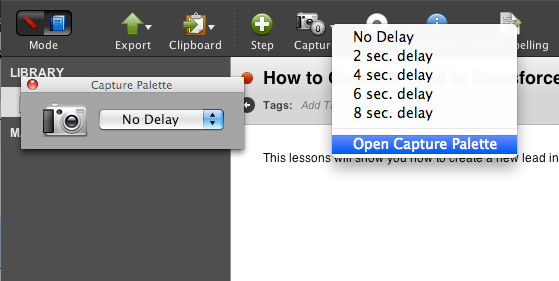

frc-docs mentions a class named SendableCommandBase but the Javadoc only has CommandBase. And you can see some discrepancy between the Javadoc and frc-docs, i.e. Though reading through this now it sounds like from the constructor this is used to just send a set amount of data to the certain device as the Constructor takes care of most of the 29 bits and you are just finishing up the API portion of the message system and then providing specific data to the CAN device or receiving data from that device specifically if its not part of the normal WPI Library. However, for example, the last commit of the page about commands in frc-docs, was on June 24. Public boolean readPacketNew(int apiId, ) Public void writePacket(byte data, int apiId)

Or is this a separate part of information that is sent over the network? I am guessing that the API Class and the API Index basically act as my message or my data that is being sent right? Because in the CAN Class you have a data amount of 8 bits that can be sent. I see how the messageID is built in the 29 bits. Specifically, FRC CAN devices use the 29-bit ID field, with an FRC-specific segmentation of the 29 bits into things like device ID and manufacturer. Well, the messages do in fact contain the address of a specific device on the bus, but they’re also received by all of the nodes. But that maybe easier to work with since the granular side of it might get to complex. Now I look at the CAN Class and its a lot easier but maybe not as granular for working with. It seems like we have multiple terms that mean the same thing and I just want to fully grasp the information provided. Is this correct? If so how would you ID a second device that is similar? or is the messageID the whole 28bit arbitration ID? Lastly what would the messageIDMask be? Same with bytebuffer timestamp and the int Periodms? I just want to make sure I am fully understanding all the terms. Public static byte FRCNetCommCANSessionMuxReceiveMessage( messageID,Īnother question I have is the messageID since I am looking at the CAN Device Specs sheet you linked I want to clarify that the messageID is just the 10 bit value needed to id a particular command or message type. But with the following line I can send info out and there is another for receive.įRCNetCommCANSessionMuxSendMessage(int messageID, Major past contributors to WPILib include Jaci Brunning, Sam Carlberg, Evan Gilgenbach, Alex Henning, Jonathan Leitschuh, James Kuszmaul, Peter Mitrano, Kevin O'Brien, Patrick Plenefisch, Fred Silberberg, and Griffin Tabor.Thanks I saw that api and was not sure it was the same thing.
#Screensteps frc mac
Austin Shalit (Maven infrastructure, Mac testing, various tool/library improvements).Joe Ross (RobotBuilder, other improvements).
#Screensteps frc simulator
Peter Johnson (volunteer lead, simulator GUI, NetworkTables, CameraServer, FRCVision).
#Screensteps frc code
Thad House (HAL, Visual Studio Code extension, Windows installer, GradleRIO).Eli Barnett (command based framework rewrite, robot characterization).The WPILib 2020 development team is nearly all volunteers in alphabetical order: Simulation GUI (run your robot code on the desktop)Īll languages are also benefiting from these 2020 NI RoboRIO image changes and FPGA improvements:įor more details, see what's new for 2020 in the documentation! Credits.Robot Characterization Tool (useful for LabVIEW teams as well).High level controls, kinematics, & trajectory generation (replaces pathfinder).Command Based Framework Rewrite (the 2019 framework is still available as an option, but we highly recommend using the new one for new projects).The focus of C++ and Java WPILib development over the past year has been on major library improvements and features, including:
#Screensteps frc software
Thanks in large part to a community effort, the control system software documentation (including WPILib) has moved from ScreenSteps to Read The Docs, and can now be found at (if you have trouble accessing this location, is an alternate location with the same content). We are pleased to announce the availability of the 2020 kickoff release (2020.1.2) of WPILib, the official FIRST libraries for robot programming in C++ and Java.Īs announced in today's FRC Blog post, the NI 2020 FRC Game Tools have also been posted, so you can get a head start on getting all the 2020 software installed before kickoff! 2020 vendor software from suppliers should be available very soon as well.


 0 kommentar(er)
0 kommentar(er)
